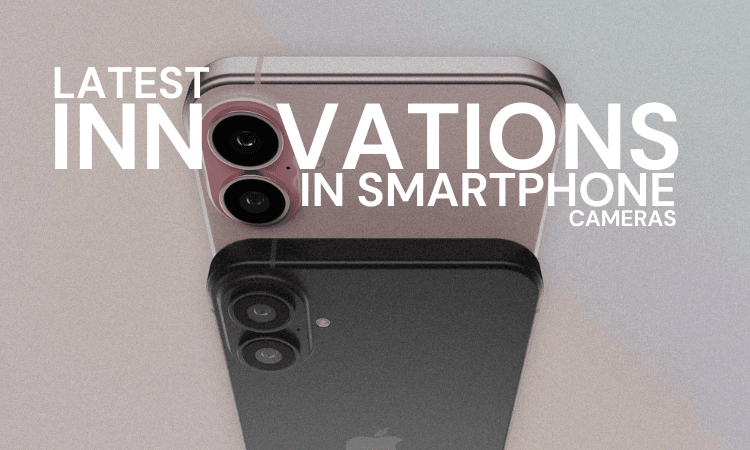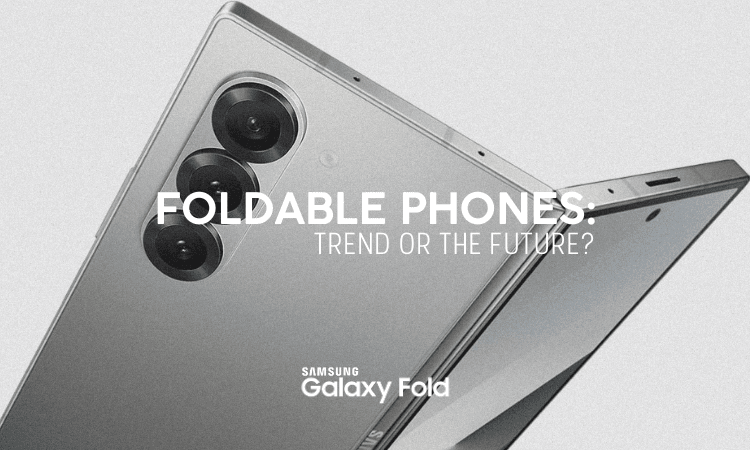Photography is more than just capturing moments; it’s about telling a story. To tell that story effectively, the right camera lens can make all the difference. Whether you’re a beginner or a seasoned professional, knowing which lenses to invest in can elevate your craft. This guide explores the must-have lenses for every photographer, tailored to diverse styles and needs.
Essential Lenses for All Photographers
Every photographer should start with these fundamental lenses, which offer versatility and excellent image quality for various situations.
Standard Prime Lenses
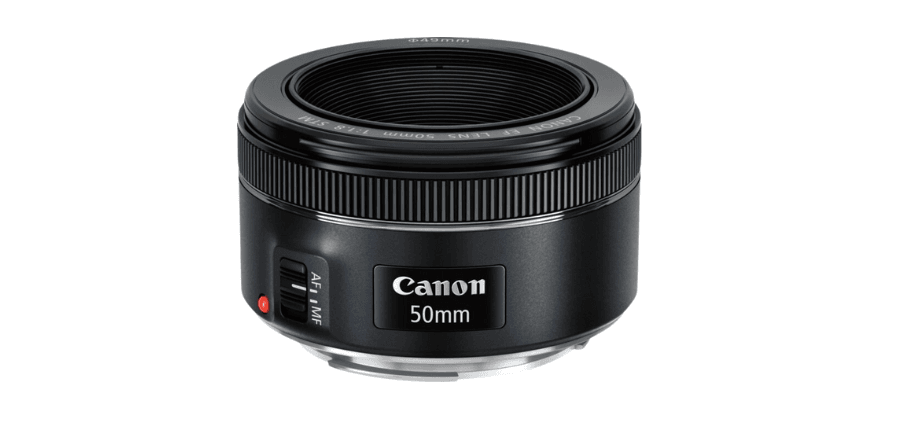
Prime lenses are the cornerstone of any photographer’s gear. These lenses have a fixed focal length, such as 50mm, and are known for their sharpness and wide apertures.
For instance, the Canon EF 50mm f/1.8 STM or Sony FE 50mm f/1.8 are perfect for:
- Portraits
- Landscapes
- Low-light photography
Their compact size and affordability make them favorites among beginners and professionals alike.
Wide-Angle Lenses
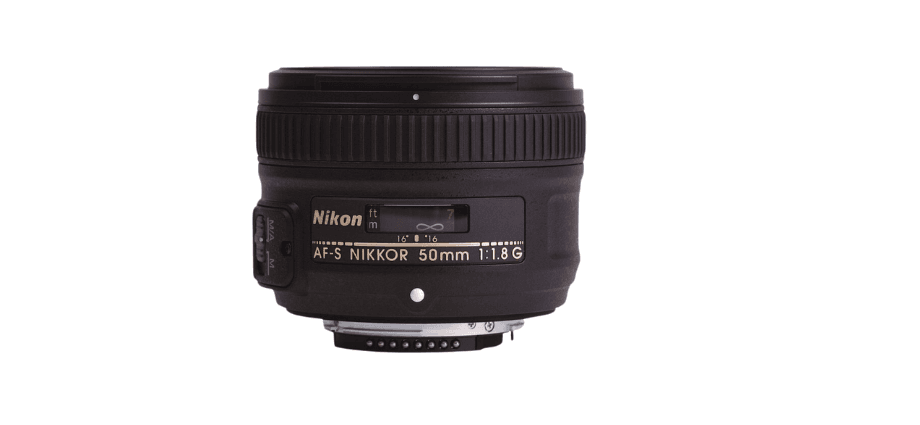
Wide-angle lenses are essential for capturing expansive scenes. They typically have focal lengths between 16mm and 24mm, making them ideal for landscapes, architecture, and group photos.
Examples include the Nikon AF-S NIKKOR 16-35mm f/4G ED VR and the Tamron 17-28mm f/2.8 Di III RXD, which provide a broader view and add depth to your shots—perfect for travel and real estate photography.
Telephoto Lenses
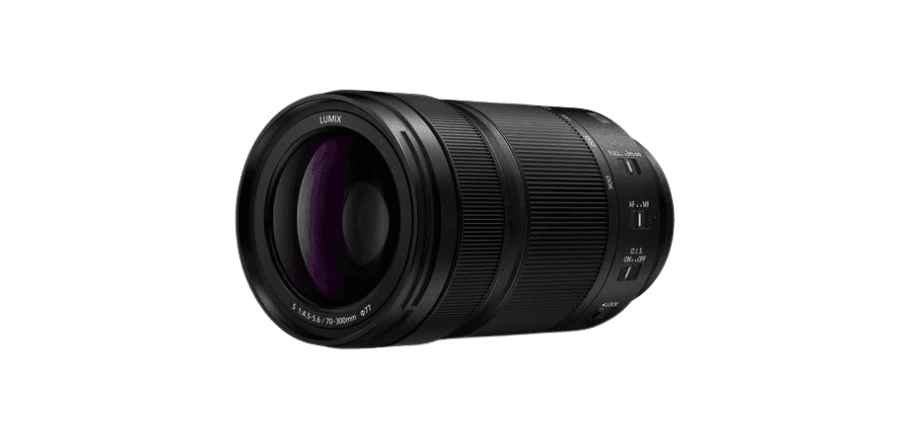
Telephoto lenses are indispensable for zooming in on distant subjects. These lenses often range from 70mm to 200mm and are widely used for wildlife, sports, and portrait photography.
The Canon RF 70-200mm f/2.8L IS USM and Sigma 70-200mm f/2.8 DG OS HSM Sport deliver excellent compression and creamy bokeh, making them top choices for professional portraits and action shots.
Specialized Lenses for Creative Photography
If you’re looking to add a creative edge to your photography, these specialized lenses are worth exploring.
Macro Lenses
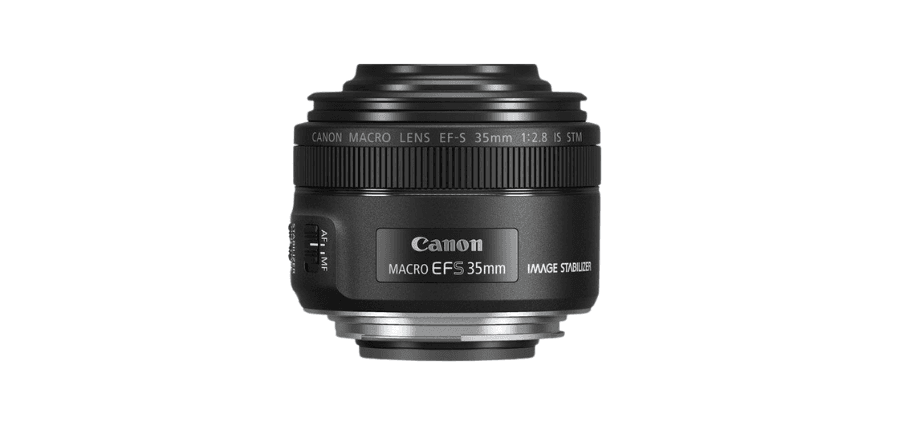
Macro lenses are designed for extreme close-ups, allowing you to capture intricate details. These lenses have a 1:1 magnification ratio, making them perfect for photographing small subjects like:
- Insects
- Flowers
- Jewelry
Consider the Canon EF 100mm f/2.8L Macro IS USM or Sony FE 90mm f/2.8 Macro G OSS for stunning sharpness and vibrant colors.
Fish-Eye Lenses
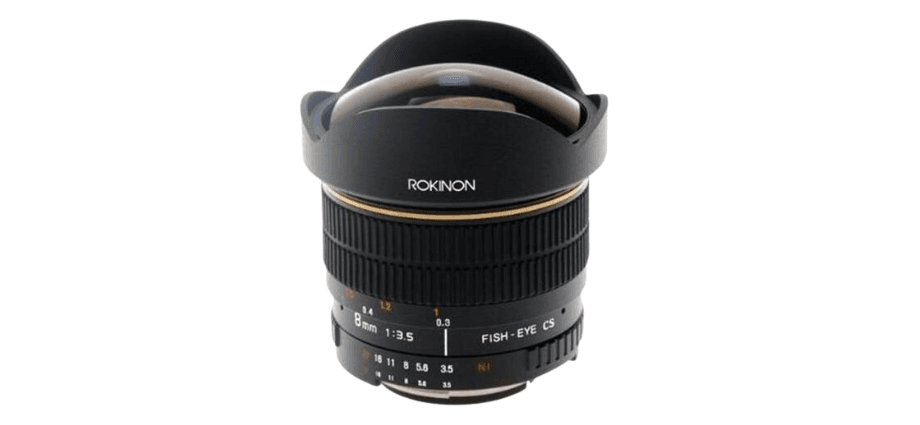
Fish-eye lenses offer a unique perspective by producing curved, distorted images. With focal lengths typically between 8mm and 15mm, these lenses are perfect for creative photography.
The Rokinon 8mm f/3.5 HD Fisheye or Canon EF 8-15mm f/4L Fisheye USM add an imaginative touch to cityscapes or artistic portraits.
Tilt-Shift Lenses
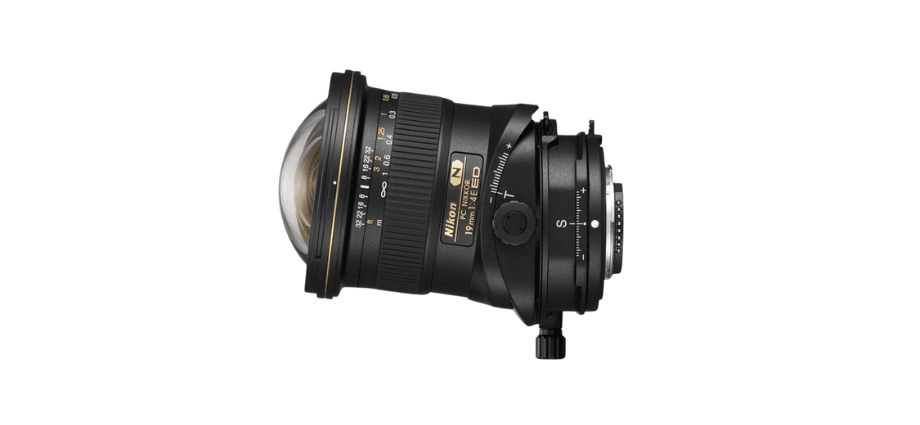
Tilt-shift lenses allow you to adjust focus and perspective, making them a favorite for architectural and product photography. These lenses reduce distortion and enable creative effects like selective focus.
The Nikon PC NIKKOR 19mm f/4E ED or Canon TS-E 24mm f/3.5L II Tilt-Shift are excellent options for professional-grade images of buildings or detailed product shots.
Versatile Lenses for Everyday Use
Versatile lenses are designed for convenience and adaptability, making them ideal for various photography scenarios.
All-in-One Zoom Lenses
All-in-one zoom lenses cover a wide focal range, typically between 18mm and 300mm. These lenses are perfect for travel photography, where carrying multiple lenses isn’t practical.
The Tamron 18-300mm f/3.5-6.3 Di III-A VC VXD or Nikon 28-300mm f/3.5-5.6G ED VR balance convenience and versatility, though they may sacrifice some image quality.
Portrait Lenses
Portrait lenses are tailored for capturing stunning portraits with beautiful background blur, also known as bokeh. Popular options include the Sony FE 85mm f/1.4 GM or Sigma 105mm f/1.4 DG HSM Art.
These lenses deliver exceptional sharpness and flattering perspectives, ensuring your subjects stand out in every frame.
Kit Lenses
Kit lenses are entry-level zoom lenses typically bundled with cameras. Commonly ranging from 18mm to 55mm, these lenses are versatile and affordable, making them great for beginners.
While kit lenses like the Canon EF-S 18-55mm f/4-5.6 IS STM may lack advanced features, they are excellent for exploring various photography styles.
How to Choose the Right Lenses
Selecting the right lens depends on your photography goals, budget, and camera compatibility. Here’s a guide to help you make an informed decision.
Consider Your Photography Style
Think about the type of photography you enjoy most. For instance, landscape photographers might prioritize wide-angle lenses like the Sony 16-35mm f/2.8 GM, while portrait enthusiasts should focus on prime lenses like the Nikon 85mm f/1.8G.
Budget and Priorities
Lenses vary significantly in price, so it’s essential to set a budget. While premium lenses like the Zeiss Otus 55mm f/1.4 offer superior quality, affordable alternatives like the Canon EF 50mm f/1.8 STM can still deliver excellent results.
Camera Compatibility
Ensure the lens fits your camera’s mount and sensor size. For example, the Canon RF lenses are specifically designed for Canon’s mirrorless cameras, while Nikon offers the Z-mount lenses for their Z-series cameras.
Conclusion
Having the right camera lenses is essential for unlocking your full creative potential. From versatile standard primes to specialized macro and tilt-shift lenses, each type serves a unique purpose. By understanding your photography style, setting a budget, and ensuring compatibility, you can build a lens collection that elevates your work.
Investing in quality lenses, such as the Sony 70-200mm f/2.8 GM OSS II or Canon EF 100mm f/2.8L Macro, enhances not only your images but also your overall experience as a photographer.
